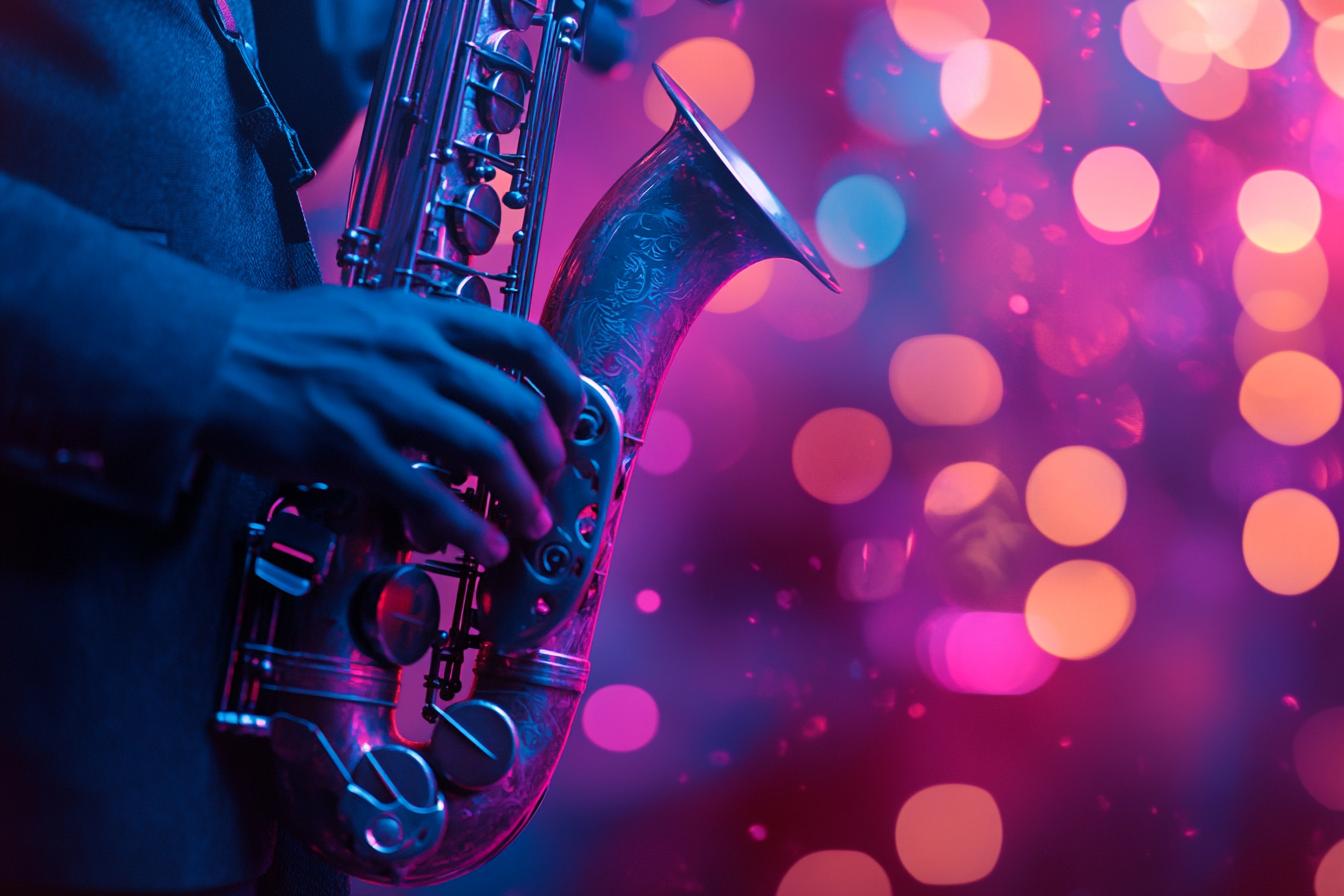Radio played a pivotal role in shaping jazz culture, serving as a vital platform for dissemination and promotion. From the early days of radio broadcasting, jazz ensembles found a ready audience through live performances and recorded broadcasts. The popularity of jazz on the radio fueled the growth of the genre, exposing listeners to a diverse range of styles and artists. Moreover, radio stations often featured dedicated jazz programs, hosting live performances, interviews, and discussions, further solidifying the genre’s presence in the cultural landscape. This exposure helped to create a shared musical experience, bridging geographic boundaries and fostering a sense of community among jazz enthusiasts.
Furthermore, radio played a crucial role in the evolution of jazz styles. The accessibility of radio broadcasts allowed musicians to hear and be influenced by diverse musical trends, leading to cross-pollination and innovation. For instance, the emergence of swing music in the 1930s was greatly influenced by the popularity of big band broadcasts, which reached a vast audience across the country. This constant flow of ideas and influences, facilitated by radio, helped to shape the ever-evolving landscape of jazz music. The impact of radio on jazz culture is undeniable, as it not only promoted the genre but also fostered its evolution and cultural significance.

Jazz Culture Trends
1. Jazz Culture Trends
Jazz culture is constantly evolving, reflecting changes in society and artistic expression. One prominent trend is the growing interest in the history and origins of jazz. Music enthusiasts are delving into the rich archives of classic recordings, studying the lives and innovations of legendary musicians, and seeking out rare and forgotten gems. This renewed appreciation for jazz’s roots fosters a deeper understanding of the genre’s evolution and its lasting impact on music today.
Another notable trend is the emergence of new subgenres and fusions within jazz. Contemporary musicians are creatively blending jazz with other musical styles, such as hip-hop, electronic music, and world music. These hybrid forms push the boundaries of jazz, attracting a younger and more diverse audience. This dynamism ensures that jazz remains a vibrant and relevant art form, constantly evolving and surprising listeners with its endless possibilities.
2. Evolution of Jazz Styles
Jazz, a vibrant and improvisational musical genre, has undergone a fascinating evolution since its origins in the late 19th century. Early jazz, known as “ragtime,” emerged in African American communities and featured syncopated rhythms and bluesy melodies. As jazz spread throughout the United States, it absorbed influences from various musical styles, leading to the development of distinct subgenres. These include the energetic and improvisational “New Orleans Jazz,” the sophisticated “Swing” era, and the introspective and experimental “Bebop.” Each style brought its own unique sound and innovations, shaping the landscape of jazz music.
Throughout the 20th century, jazz continued to evolve, incorporating elements of classical music, Latin rhythms, and even rock and roll. “Cool Jazz” emerged in the 1950s, characterized by its mellower sound and more restrained improvisations. “Free Jazz” emerged in the 1960s, pushing the boundaries of improvisation and challenging traditional jazz structures. Today, jazz continues to thrive, with contemporary musicians drawing inspiration from the rich history of the genre while exploring new sonic territories. The evolution of jazz styles reflects the dynamism and adaptability of the music, ensuring its enduring appeal to audiences worldwide.
3. Impact of Social Movements
Social movements have profoundly shaped jazz culture, influencing its evolution and pushing its boundaries. The Civil Rights Movement, for instance, provided a platform for jazz musicians to express their experiences and advocate for social justice. This led to the rise of “protest jazz,” a genre that blended traditional jazz elements with politically charged lyrics and improvisations. The movement’s fight for equality resonated with the jazz community, which had long faced discrimination and segregation.
Furthermore, the feminist movement inspired a wave of female jazz musicians to challenge gender roles and stereotypes within the music industry. These artists, like Ella Fitzgerald and Billie Holiday, paved the way for future generations of women in jazz, who continue to break down barriers and redefine what it means to be a jazz musician. These social movements not only influenced the music itself but also fostered a sense of community and activism within the jazz world, making it a powerful force for change.
4. Jazz as a Global Phenomenon
Jazz, born in the melting pot of New Orleans, has transcended its American origins to become a truly global phenomenon. This musical genre has spread across continents, influencing and being influenced by diverse musical traditions. From the smoky jazz clubs of Paris to the vibrant street bands of Tokyo, jazz has found a home in countless cultures. This global reach is a testament to the genre’s inherent adaptability and its ability to resonate with audiences from all walks of life.
Jazz musicians have embraced this international exchange, incorporating elements of traditional music from their adopted homes into their own playing. This cross-pollination has resulted in a rich tapestry of sounds, blurring the lines between continents and creating a truly international language of music. As jazz continues to evolve, its global reach ensures that its future will be shaped by a diverse range of influences, ensuring its continued relevance and vibrancy in the years to come.
5. Jazz Education and Preservation
Jazz education plays a vital role in ensuring the longevity and evolution of this vibrant musical genre. Schools, universities, and community programs offer students opportunities to learn the history, theory, and practice of jazz. These programs provide a foundation for aspiring musicians, fostering a new generation of talented artists who can carry the torch of jazz into the future. Furthermore, jazz education empowers individuals with critical thinking skills, creativity, and a deep appreciation for the rich cultural heritage of jazz.
Preservation efforts are equally crucial to safeguarding the legacy of jazz. Archives, museums, and historical societies meticulously collect and preserve recordings, sheet music, instruments, and other artifacts that document the history of jazz. These institutions provide valuable resources for researchers, musicians, and enthusiasts alike, allowing them to delve into the past and gain a deeper understanding of the evolution of this dynamic musical form. Through these efforts, the unique sounds and stories of jazz are kept alive for generations to come.
6. Jazz in Popular Culture
Jazz has deeply infiltrated popular culture, leaving its mark on various forms of entertainment and artistic expression. From the cool, sophisticated vibes of a classic film noir to the electrifying energy of a modern hip-hop track, jazz’s influence is undeniable. Its distinctive rhythms, improvisational spirit, and rich harmonic language have inspired countless musicians across genres, shaping the sound of popular music for decades.
Beyond music, jazz has also permeated film, television, literature, and visual art. From the iconic scenes of jazz clubs in classic films to the evocative imagery of jazz musicians in paintings, the art form has captured the imagination of artists across disciplines. Jazz’s themes of freedom, expression, and community resonate with audiences, making it a powerful and enduring force in popular culture.
Conclusions
So, there you have it! Jazz, a musical genre that started in the heart of America, has truly taken the world by storm. From its early days of improvisation and bluesy vibes, it’s evolved into a diverse and exciting tapestry of styles, influenced by everything from social movements to global cultural exchanges. You can hear the echoes of jazz in everything from movies and TV shows to video games and even commercials. Plus, thanks to dedicated educators and organizations, the legacy of jazz music is being passed down to new generations, keeping its spirit alive and well. Whether you’re a seasoned jazz aficionado or just starting to explore its rich history, there’s no denying that jazz continues to be a vital and inspiring force in music today.
